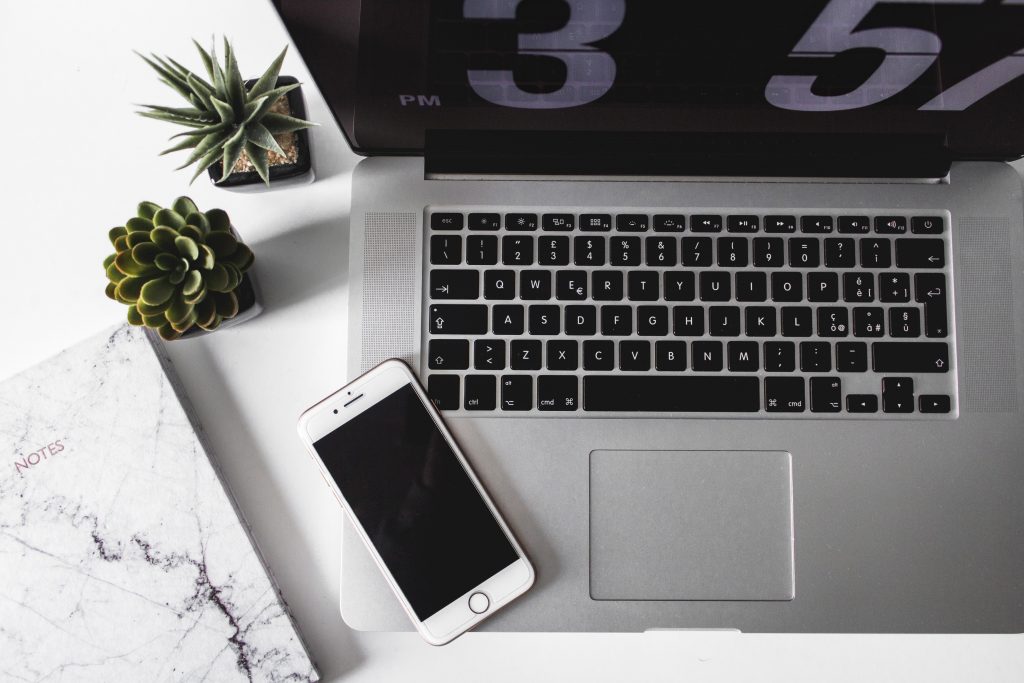We live in a world where cyber threats are commonplace and have to do what we can to protect ourselves from bad actors. As we continue to rely on digital transactions, we must go the safest route by following the best security measures.

Many attackers employ various schemes to steal confidential information. The worst part is that they continuously find new ways to exploit new vulnerabilities. Individuals and organizations are not safe – until they stay vigilant or implement advanced safeguards.
So, how do we secure our transactions? In this article, we’ll guide you through the different ways to secure your digital transactions if you’re using a device operating on the macOS and iOS platforms.
Regularly Update Your Software
This tip cannot be emphasized enough – update your software regularly. Cyber attackers are quick to exploit any weaknesses in your devices. Apple devices often remind you to update your software. Alternatively, you can turn automatic updates on if you forget to update your device.
For example, the recent iOS 17.1 update resolved critical serious vulnerabilities, so severe that attackers could take over your iPhone. It was recommended by Apple to update as soon as possible to prevent attackers from gaining access to your personal details.
Create a Strong Password
A part of your security strategy is to create a strong password. Don’t use simple passwords such as ‘123456’ or ‘password’. Use passwords with a combination of numbers, uppercase and lowercase alphabets, and symbols.
If your macOS and iOS devices allow you to use biometrics such as fingerprint authentication and Face ID, then it also helps to activate these to strengthen your security barriers. These security options are stringent enough to help prevent attackers from using identity spoofing to access your account.
iOS also has a feature that suggests complex passwords that you can use. The operating system offers to save these in the iCloud Keychain, meaning you don’t have to remember these complex passwords.
Because these passwords are unique and randomized, the risk of using the same password across different accounts is slim. For people with multiple Apple devices, it’s helpful to know that these passwords can sync across all devices.
Connect to Secure Wi-Fi Connections
It may seem tempting to connect to that free WiFi network in the coffee shop you frequent, but it helps to think twice before doing so. Not all WiFi connections are secure. Processing your digital transactions in an unrestricted network can invite many attackers to steal your personal data including card numbers and passwords.
To ensure your digital transactions are always safe, do them when connected to a trusted and secure network such as those at home or even at work.
Review App Permissions
A crucial step to maintain the security of your iOS or macOS device is to review app permissions. Doing so ensures that your data remains confidential and secure. At the same time, you might find some applications requesting more information than needed for their functionality. In these cases, restrict them to prevent the potential misuse of your data.
Before downloading any app, be sure that you’re downloading directly from the App Store. Stay cautious with new and unknown apps as well. To stay on the safer side, always read app reviews.
Lastly, just like updating your operating system, don’t forget to update your applications too as they, too, can expose your device to cyber threats.
Install Reputable Security Software
For the longest time, Apple devices were known to have robust built-in security features. However, as cyber threats become more sophisticated, it becomes essential to install additional reputable security software.
With their advanced threat detection mechanisms, anti-virus software can monitor, neutralize, and identify evolving cyber threats.
Before you download security software, research its reputation and compatibility with your device. Check if they have additional features that can secure your digital transactions further, such as protection against malicious websites, identity protection, and a lot more.
Use Apple Pay
Apple Pay is a secure and convenient payment service provided by Apple. It boasts advanced security features, such as tokenization. When you make a payment, your card details are not shared. Instead, a unique token is created for each transaction.
Like with everything in the Apple ecosystem, it seamlessly integrates with your other devices. Plus, its contactless payment feature can be easily used across your Apple devices, whether it be an iPhone or Mac.
The Bottom Line
Remember, securing your digital transactions will require you to take more than one approach to keep yourself sufficiently protected. So whether it’s updating your software regularly or using secure payment features such as Apple Pay, you significantly reduce your risk of falling prey to cyber threats.
If you liked this article, please consider sharing it with your friends and leaving a comment below. Also, don’t forget to “Like” us on Facebook, “Follow Us” on Twitter and add the Apple Tech Talk channel to your Apple News app.
And if you haven’t subscribed to Apple Tech Talk, now would be a great time to do it so. Just scroll down to the form below and enter your name and email address. Then you’ll receive a notification whenever we post new articles. Don’t worry, we never sell or share your information. While you’re at it, check out our YouTube channel (here) where you will find video on interesting products any Apple enthusiast would love.



Leave a Comment
You must be logged in to post a comment.